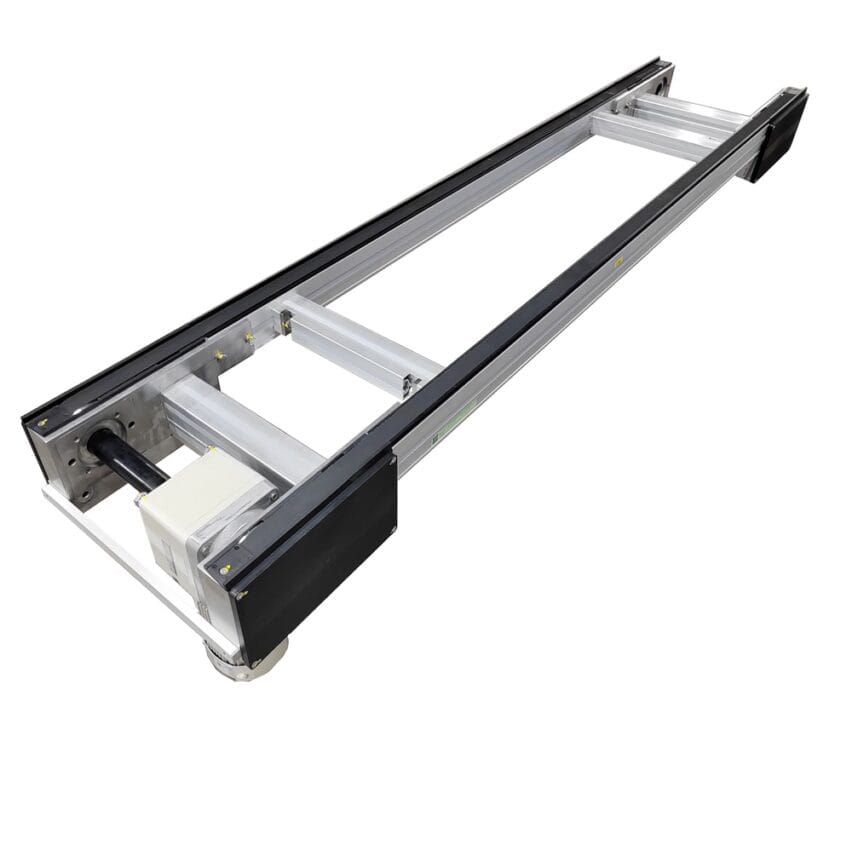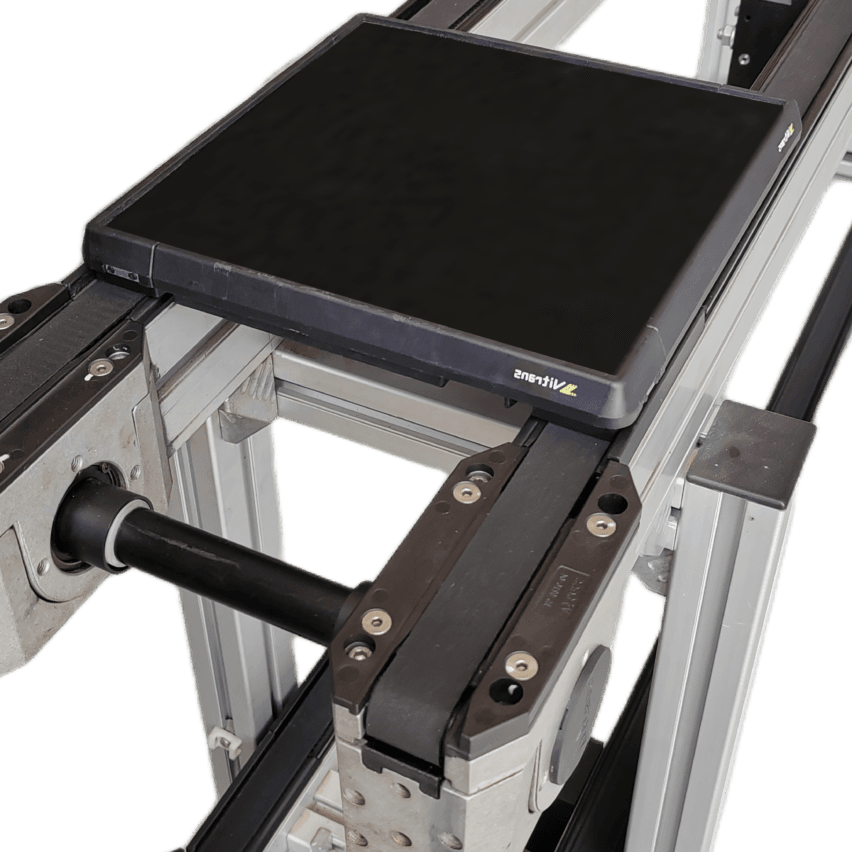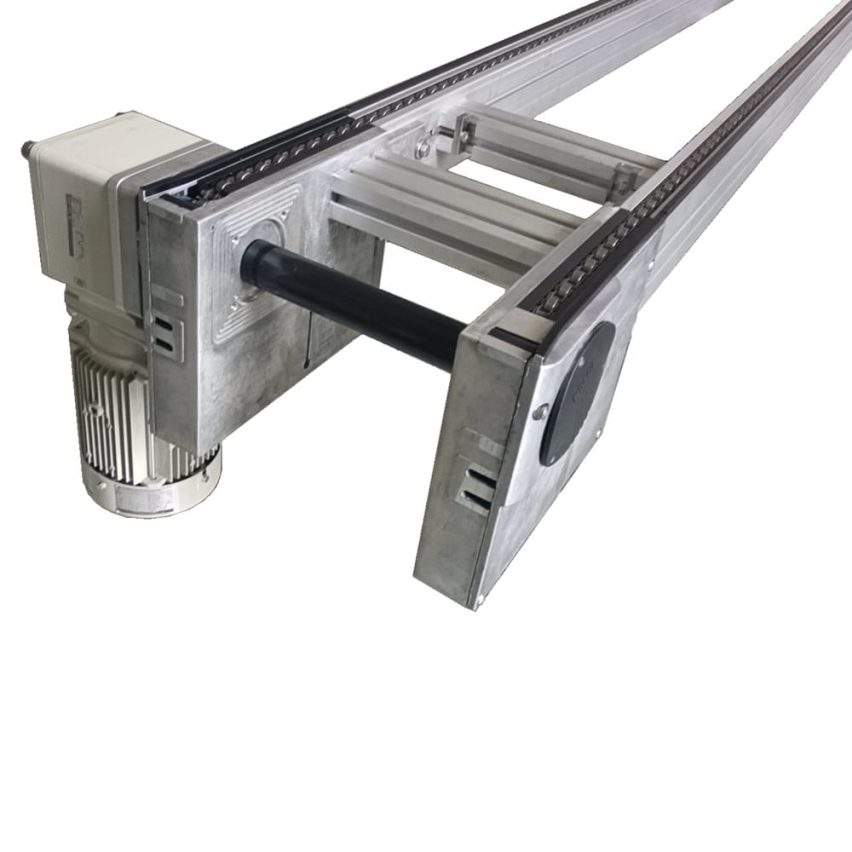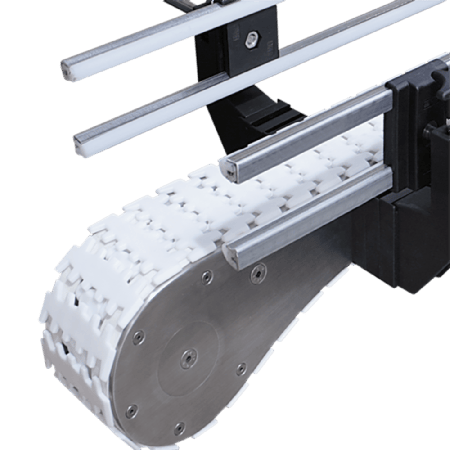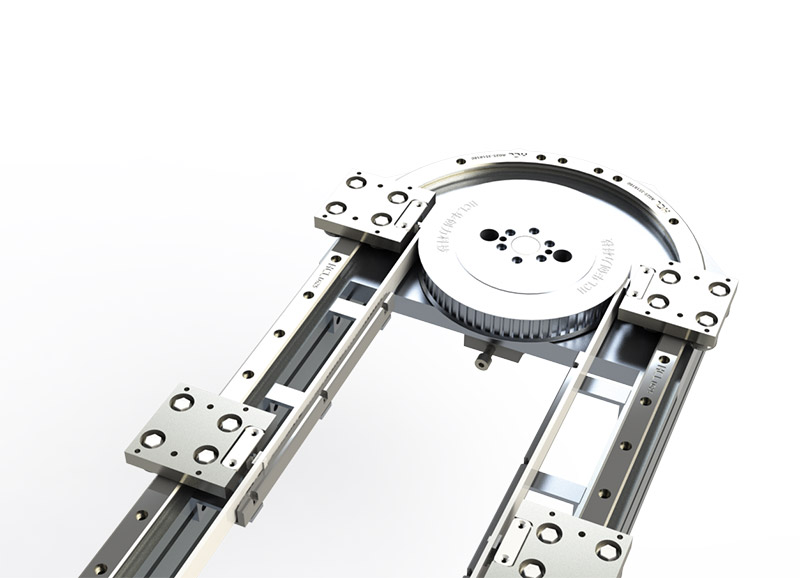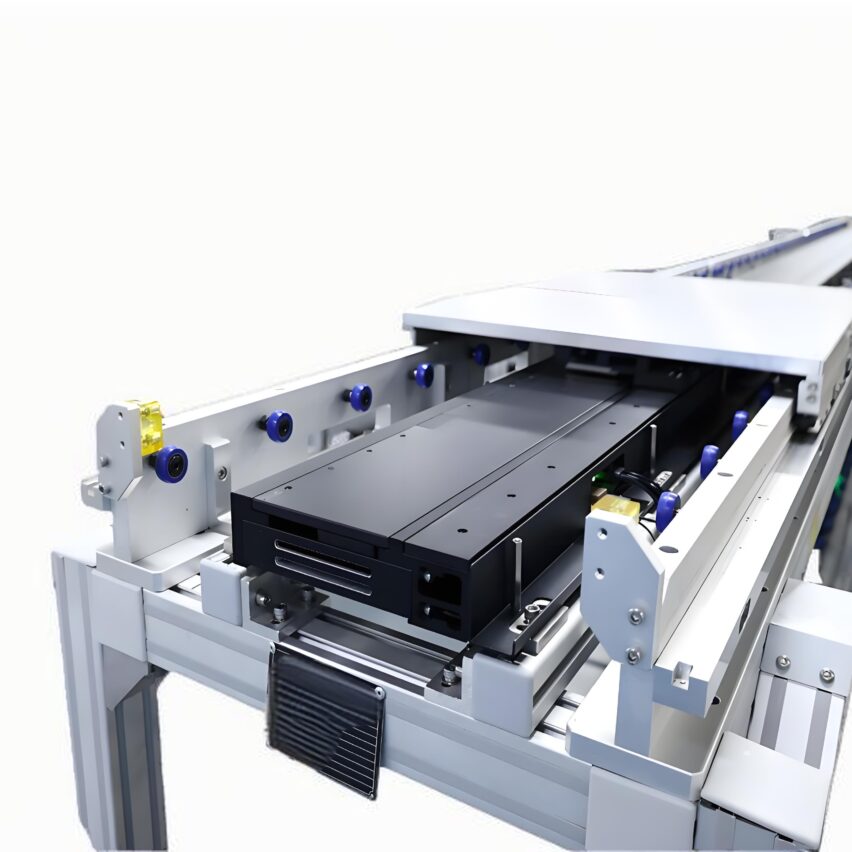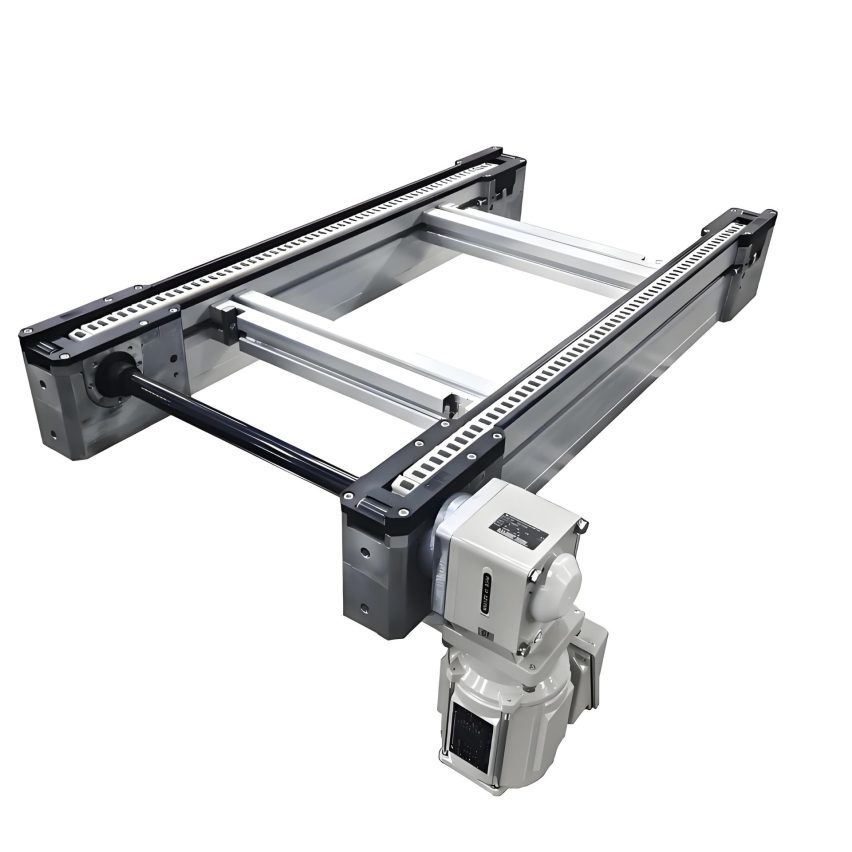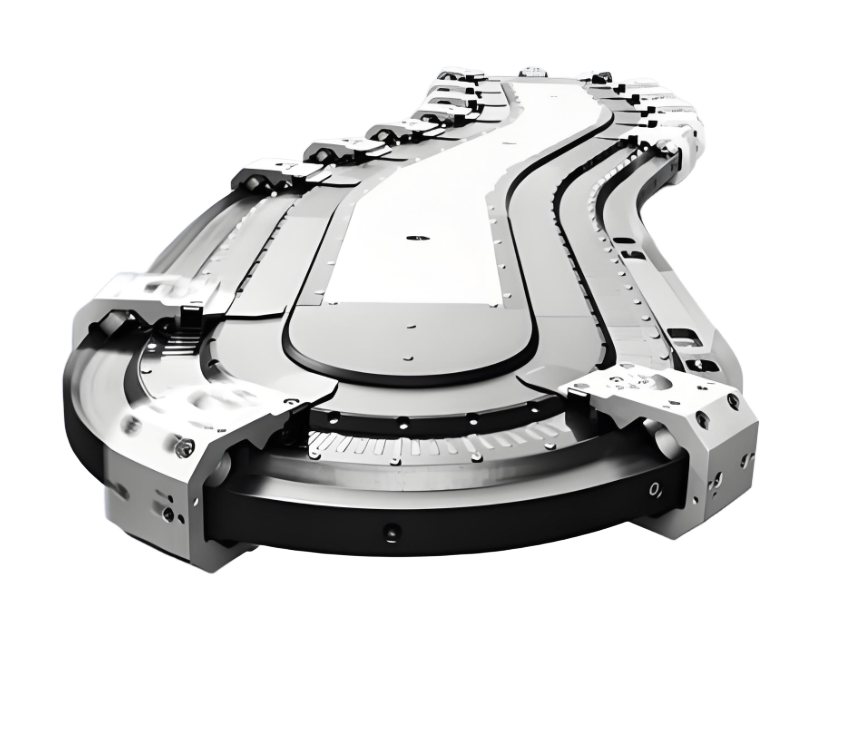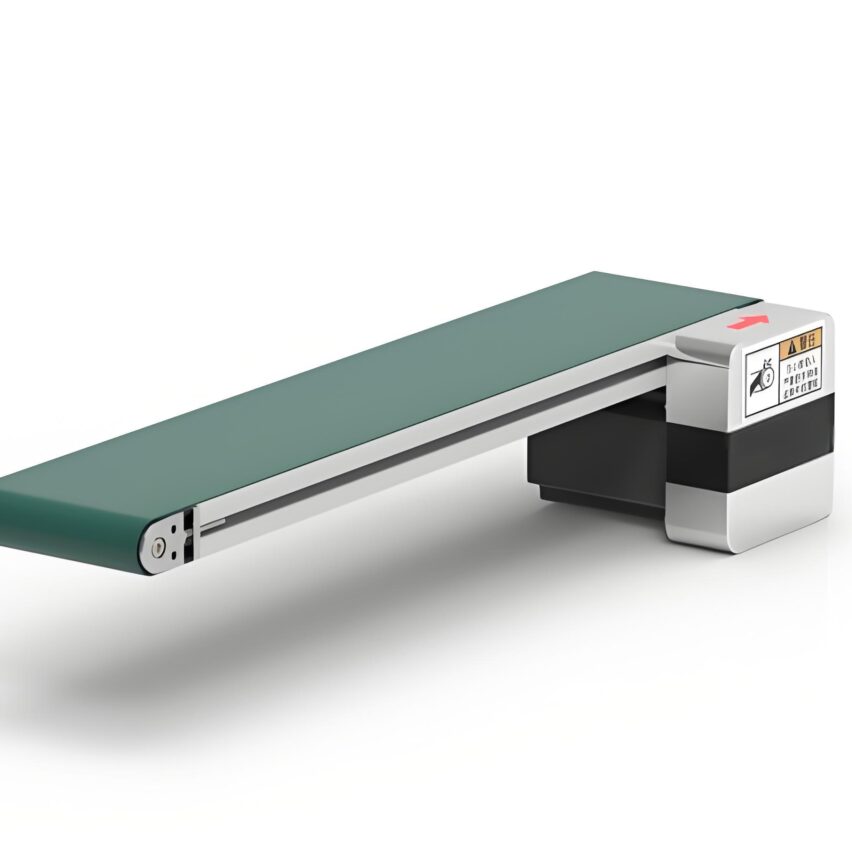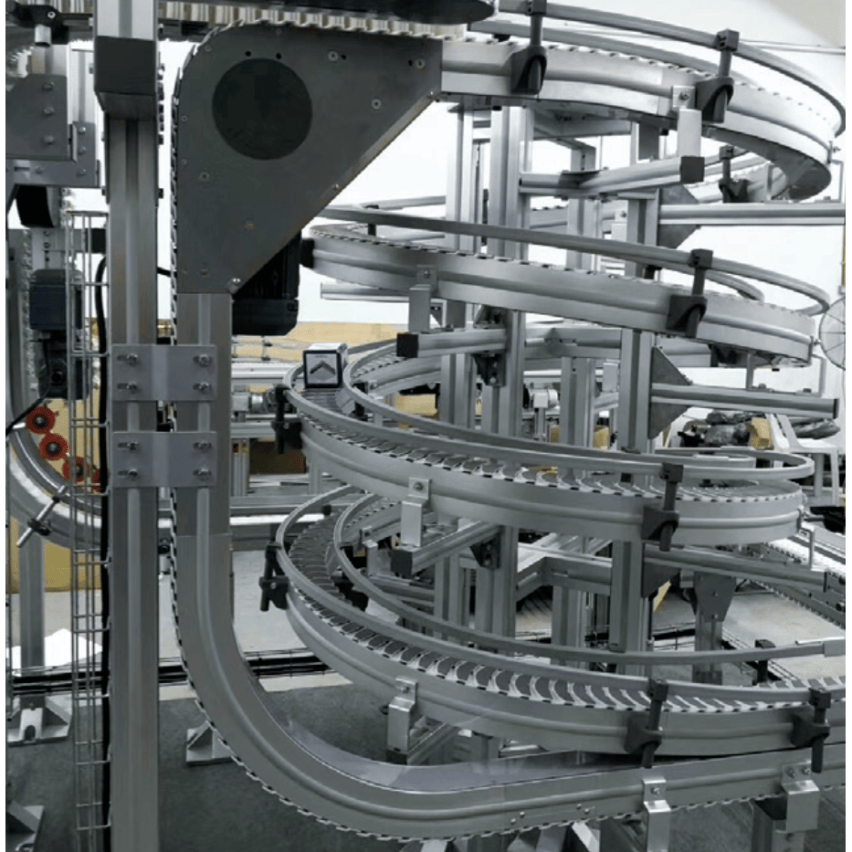Have you ever stood next to the automated production line, looking at the work plate whooshing forward, the heart muttered: "This thing is obviously not fast chain movement, why the plate carrying goods can run so fast?" 🤔 Don't worry, today we will break open the kneaded talk about the speed of the speed chain speed calculation, guaranteed that you can read the end of the hand calculation!
🔍 Key parameter I: Diameter ratio of roller to roller (D/d)
This is definitely the "heart parameter" of the multiplier chain! Simply put.Large roller diameter Ddivided bySmall roller diameter dof the ratio. Why is it so important? Look at the principle:
- Actual chain speed v₀: it is the speed at which the roller rolls on the guideway (like the speed of a wheel running against the ground)
- Workpiece speed vBecause the diameter of the roller is larger, it can turn several times as much as the roller, which directly "buffs" the workpiece! The formula is simple:
v = (1 + D/d) × v₀
As a chestnut 🌰: if the roller diameter D = 32mm and the roller diameter d = 18mm, then the speed of the work plate is the chain speed of the(1 + 32/18) ≈ 2.78x!
💡Personal Pitfall Alert: Don't just look at the theoretical value! Actual will be discounted - guide rail friction, chain wear can make the speed shrink 5%-15%, remember to leave a margin when selecting ah!
⚙️ Key parameter II: Number of sprocket teeth (Z₁ and Z₂)
Many people count the speed only focus on the motor speed, in factNumber of teeth of active sprocket Z₁respond in singingNumber of teeth of driven sprocket Z₂It's the man behind the curtain! They determine how fast the chain actually runs:
- Transmission ratio i = Z₂/Z₁(Note the slave over the active!)
- Chain speed v₀The complete formula for is:
v₀ = (Z₁ × P × n) / (60 × Z₂)
here areP is the chain pitch(in mm).n is the motor speed(Unit r/min).
Translated into human language 👉: the more teeth on the master wheel, the fewer teeth on the driven wheel, and the higher the motor speed - the faster the chain runs!
📏 Key Parameter 3: Chain Pitch (P)
The pitch P isDistance between the centres of adjacent rollers on the chain(in mm). It is like the "step length" of the chain, a step across a large, naturally far run:
- in the formulav₀ = (Z₁ × P × n) / (60 × Z₂)in which P is directly proportional to the velocity
- But don't blindly pick a large pitch! ⚠️Large pitch = low precision + high noiseThe general use of 15-25mm for light loads and 38mm or more for heavy loads.
🚀 3 Steps to Multiplier Chain Speed Calculation (with Real Life Example)
Steps 1️⃣: first calculate the chain base speed v₀
Assumptions: motor speed n=1000r/min, number of teeth of active sprocket Z₁=15, number of teeth of driven sprocket Z₂=30, pitch P=20mm.
Substitute the formula.v₀ = (15 × 20 × 1000) / (60 × 30) ≈ 166.7 mm/s = 0.167 m/s
Step 2️⃣: Determine the multiplication ratio (1 + D/d)
Measured roller diameter D = 40 mm, roller diameter d = 20 mm →Multiplier ratio = 1 + 40/20 = 3x
Step 3️⃣: actual speed of the work plate v = multiplier ratio × v₀
v = 3 × 0.167 = 0.5 m/s
i.e.30 metres per minute, production line beats are steady! 🎯
💎 Rollover Prevention Guide: Hidden Factors Affecting Speed
| considerations | How it affects speed | Response programme |
|---|---|---|
| Chain wear | Pitch lengthening → slowing down ↓ | Regular measurement of the pitch, exceeding 3% must be replaced |
| dead weight | Roller slip due to overloading → speed instability | Calculated as WA (kg/m) = (workpiece weight + pallet weight)/spacing between stations. |
| poor lubrication | Friction increases → actual speed decreases ↓ | Use low-temperature grease and reapply quarterly. |
🌟 EXCLUSIVE DRY: Diameter ratio D/d is not as large as it should be!
Although theoretically the larger the D/d the higher the multiplier speed, in practice it is limited by theChain Pitch--The roller diameter is too large and may jam the track! According to industry data:
- 2x Chain: D/d ≈ 1.5~2 (e.g. d=20mm, D=30~40mm)
- 3x Chain: D/d ≈ 2~2.5 (e.g. d=18mm, D=36~45mm)
💡Pro-test advice: To save yourself the hassle of going straight to theEngineering Plastic Roller--Lightweight, less noisy, and still more stable than steel rollers in terms of speed!
One final note: Next time you see a speed chain, squat down and take a look at the size of the rollers and rollers, and then take a look at the number of teeth on the sprocket - you'll be able to instantly calculate its speed! 😉 When it comes to automation, it's important to understand the principles!

